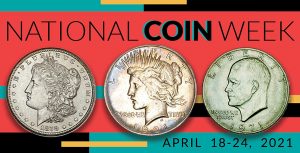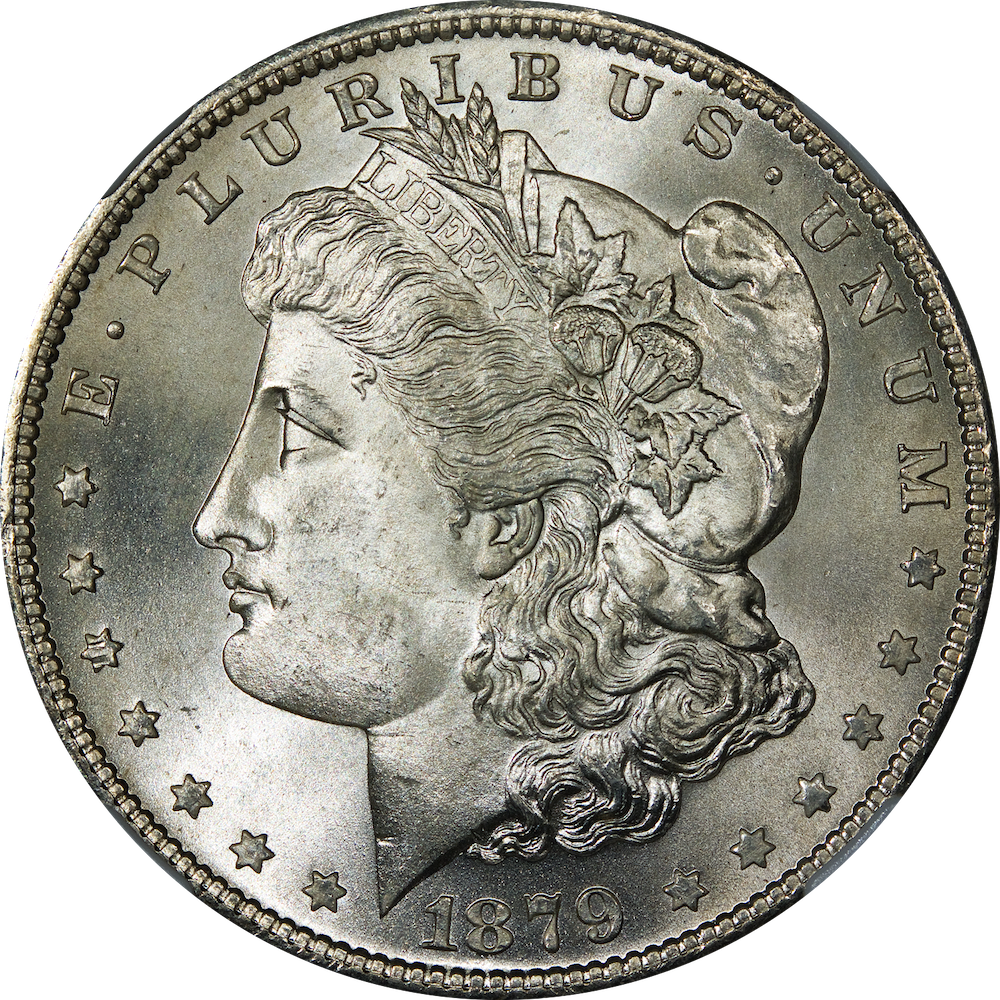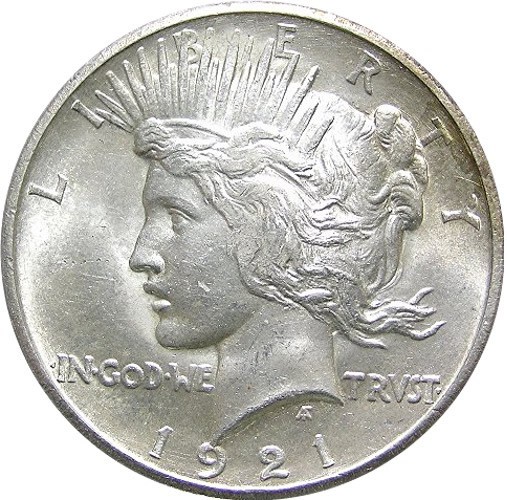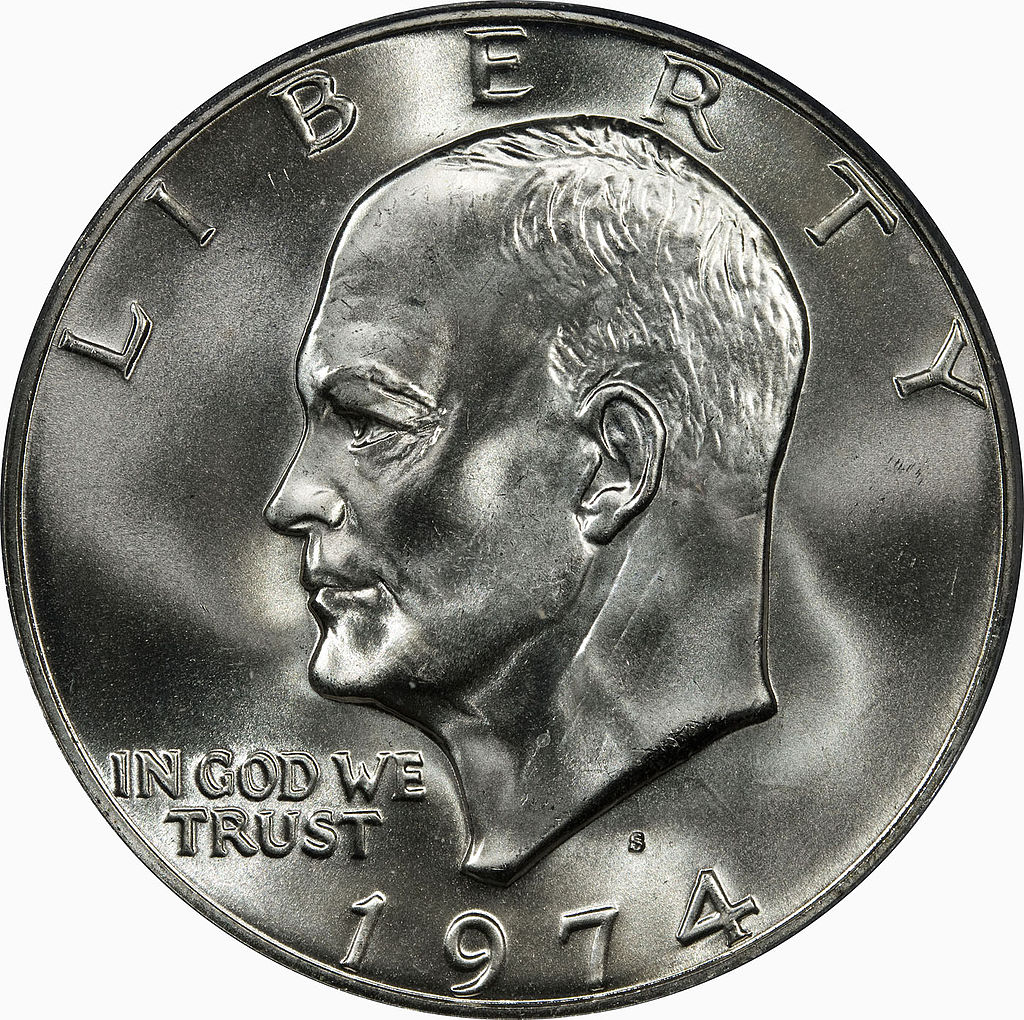WELCOME TO NATIONAL COIN WEEK!
 Starting today, April 18, 2021, through April 24, National Coin Week celebrates “Money, Big and Bold,” the history of the large dollar coin. The influence for this year’s NCW theme is the 100th anniversary of the revival of the Morgan Dollar and the first issue of the Peace Dollar. It is also the 50th anniversary of the first Eisenhower Dollar, the last of the large dollar coins.
Starting today, April 18, 2021, through April 24, National Coin Week celebrates “Money, Big and Bold,” the history of the large dollar coin. The influence for this year’s NCW theme is the 100th anniversary of the revival of the Morgan Dollar and the first issue of the Peace Dollar. It is also the 50th anniversary of the first Eisenhower Dollar, the last of the large dollar coins.
The dollar coin has had a fascinating history in the United States. Before paper money and during the wild days referred to as Broken or Obsolete Banknotes, before the National Bank Act of 1863, coins were considered safer than the barely regulated paper. As with many policies of the time, paper money was more in favor in the eastern United States than in the west. The west preferred the coins.
In 1918, Congress passed the Pittman Act, whose purpose was to supply the British with silver to help with their war effort. When the British repaid the United States, the government had to produce silver coins to replace coins melted to create the bullion shipped to Britain.
In 1921, the U.S. Mint had not produced a silver dollar since 1904 and did not have dies to produce coins. Chief Engraver and the coin’s designer Charles Morgan created new master dies to produce coins.
When the U.S. Mint discussed creating the new dies, former ANA President Farman Zerbe presented a paper at the 1920 World’s Fair of Money proposing the Peace Dollar. Congress eventually agreed, which led to the committee that picked Anthony di Franchisci’s design. Production of the Peace Dollar began in 1921.
The Peace Dollar almost made an appearance in 1964 when Congress proposed striking a new dollar coin. But the silver shortage and the end of using silver for circulating coinage ended this program. Allegedly, the U.S. Mint destroyed all 1964 Peace Dollar patterns.
In 1969, Mint Directory Mary Brooks wanted to issue dollar coins. As part of the negotiations with Congress to authorize a new coin, she suggested honoring the former World War II General and President Dwight D. Eisenhower. The suggestion convinced Congress to pass the legislation, and the U.S. Mint began Eisenhower Dollar production in 1971.
In 1975, the U.S. Mint was concerned with the level of resources required to produce the coin. Negotiations began to produce a smaller dollar coin. The results of these negotiations led to the introduction of the Susan B. Anthony Dollar in 1979, ending the production of the large circulating dollar coin.
All of the posts this week will be about large dollar coins except for Monday. Monday’s post will have a special announcement.
And now the news…
 → Read more at pennlive.com
→ Read more at pennlive.com
 → Read more at jacksonvilleprogress.com
→ Read more at jacksonvilleprogress.com
 → Read more at phys.org
→ Read more at phys.org
 → Read more at kitco.com
→ Read more at kitco.com
 → Read more at star-telegram.com
→ Read more at star-telegram.com
 → Read more at theguardian.com
→ Read more at theguardian.com




